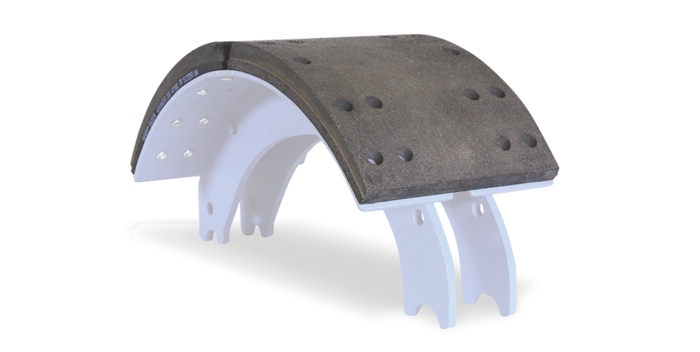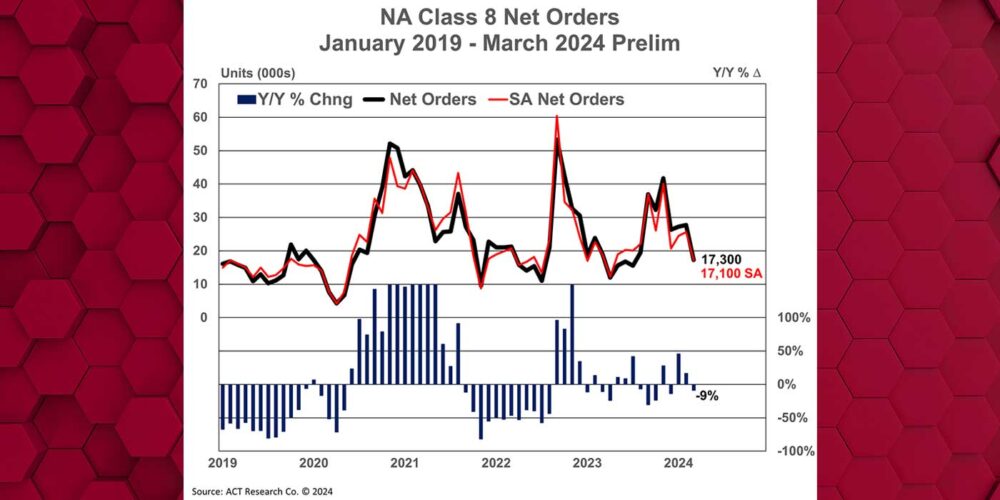Digging into ratings and testing
The importance of keeping brake temperatures low, however, can lead to a misplaced reliance on brake lining temperature ratings, particularly those that claim ratings of 950° to 1,000°F.
The most important and accepted industry tests in the OE and aftermarket friction certification process are the FMVSS 121 and Society of Automotive Engineers (SAE) J2115 tests, used by Bendix and other leading brake and friction suppliers. These two tests, which all commercial vehicle drum brake friction materials must adhere to, establish the following bulk drum temperature guidelines:
· FMVSS 121 Dynamometer Test – Brake Power or Fade Section: 150° to 450°F
· SAE J2115 (Section 7 – Wear and Effectiveness at Temperature) – Measured at 250°, 350°, 450°, 550°, and 650°F
The crucial point to note is that neither of these tests references or makes a recommendation on “temperature ratings” for brake friction. Similarly, friction material certification guidelines from major truck manufacturers also do not include temperature ratings. This is because without specific information on what temperature is being measured – bulk drum or engagement – and where the readings are being taken, friction temperature ratings are merely numbers without context. Actual friction life and performance will be dictated by resin quality and performance in the SAE temperature wear section.
Asking the right questions
When considering friction for severe-duty applications, request the results of both the FMVSS 121 and SAE J2115 tests from any potential supplier, even if they have provided temperature ratings far exceeding normal system operating temperatures. Regarding specific temperature claims, ask whether they’re measuring bulk drum or engagement heat, and where it’s being measured.
Regarding measuring your own brake operating temperatures, the only reading that can be easily obtained without equipment such as thermocouples is the bulk drum temperature. And to put it bluntly, if the bulk drum temperature is anywhere near 1,000°F after brake operation, something is very wrong with the brake, and it may lead to a fire. Only brief in-stop drum brake temperatures should ever exceed 600°F.
“Selecting the proper friction, particularly in severe-duty applications, is vital for maintaining the performance, service life, and safe operation of drum brakes,” Brown said. “Being familiar with the science and reasons behind friction design and recommendations, as well as proven industry standards, will go a long way toward making the right choices to meet your needs and keep your vehicles on the road and operating safely.”














